Okinawa Bingata dyeing experience

We invite dye artist Mami Takeuchi to give you a rare experience of enjoying Okinawa's traditional dyeing, Bingata dyeing, in Tokyo. We will be dyeing handkerchiefs with pigments. We are also planning to hold this event in the winter.
Bingata dyeing is a traditional dyeing technique from Okinawa, Japan, in which patterns are dyed with pigments and vegetable dyes over fabric that has been dyed with glue to prevent dyeing. In Okinawa, where the sun is strong, pigments that are resistant to fading have been used instead of dyes.
The instructor, Mami Takeuchi, studied in Okinawa, the birthplace of Bingata dyeing, and is now active as a dyeing artist.
Professor Takeuchi's refreshing designs are popular and perfect for this summer season.
For this experience, the teacher prepared handkerchiefs that had been engraved with a stencil and even had glue applied, and participants dyed the parts that didn't have glue. It was a relatively easy experience to enjoy the fun and excitement of stencil dyeing.
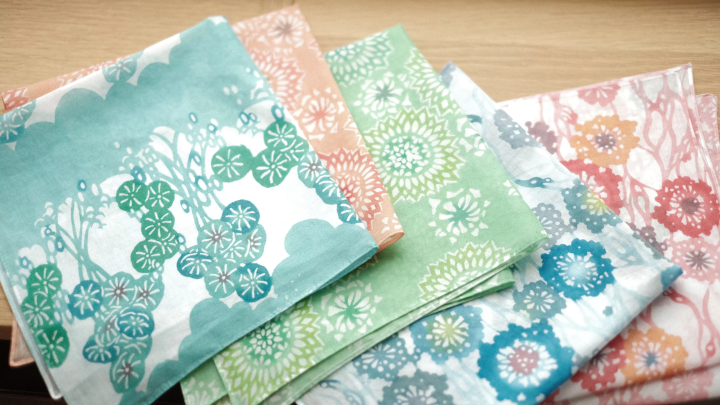
Finished handkerchiefs
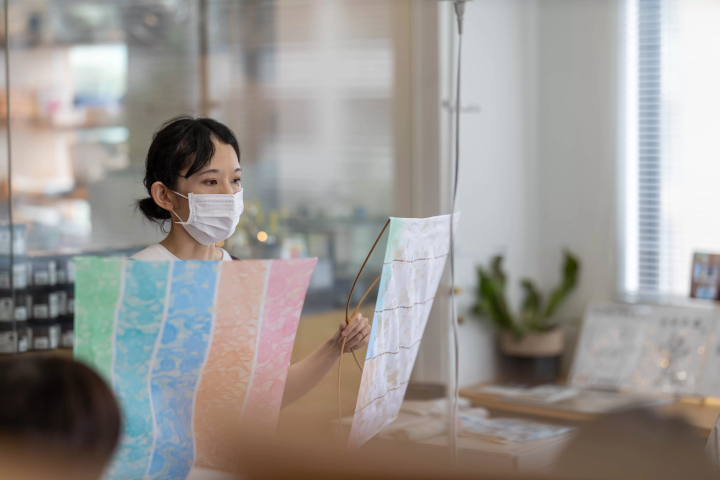
Mami Takeuchi
As you carefully dye each pattern with a transparent pigment thoroughly dissolved in water, you will also have fun learning gradations and the "kumadori" technique unique to Bingata dyeing.
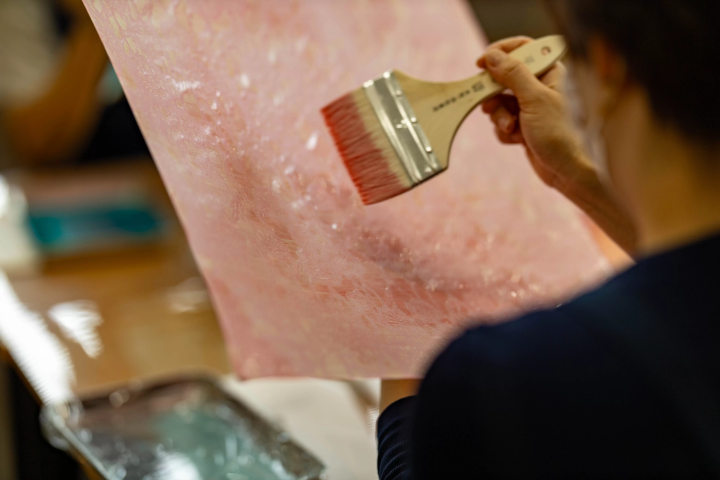
Dyeing the entire handkerchief with a brush
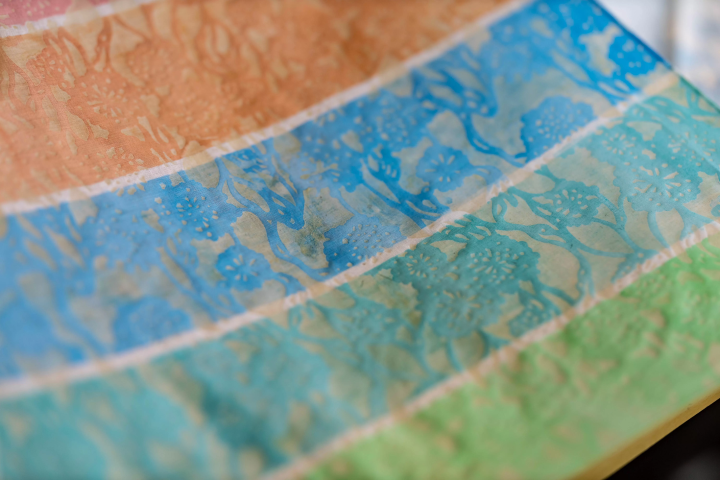
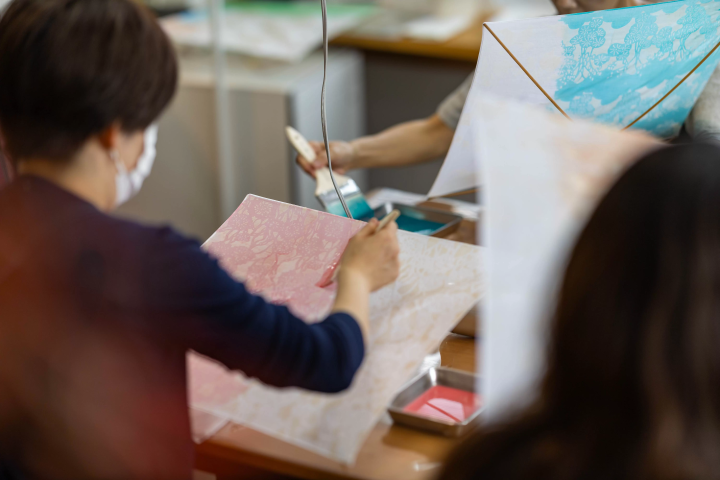
The experience
After dyeing, the pieces are dried with a hair dryer and iron to ensure the pigment is firmly attached. The pieces are then washed with water, called "mizumoto," to remove the glue, and the piece is complete. In just a short amount of time, wonderful pieces were completed, and the participants were very pleased with them.
Location: Dyeing experience space somenova
Address: 5F SOIL Nihonbashi, 14-7 Kofunecho, Nihonbashi, Chuo-ku, Tokyo
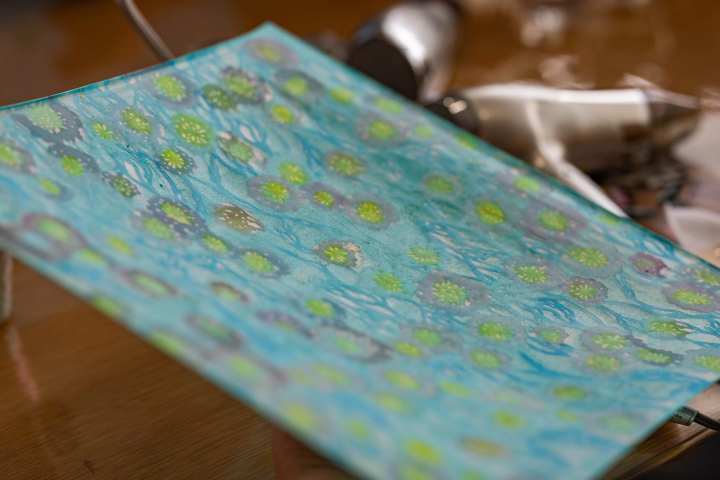
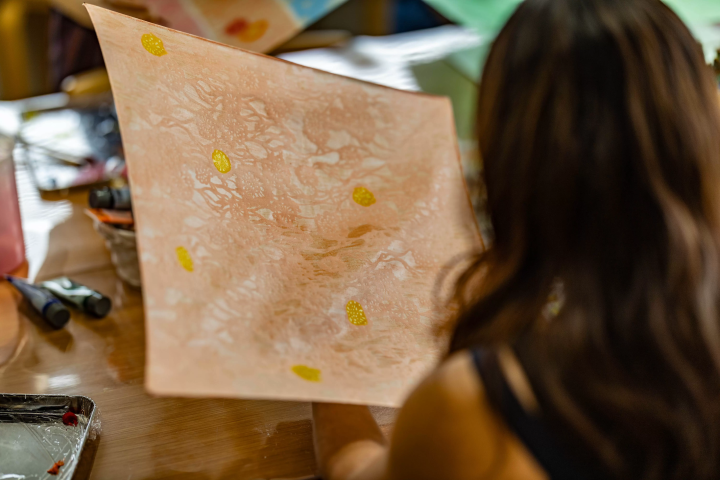
After dyeing the whole piece, we add color.
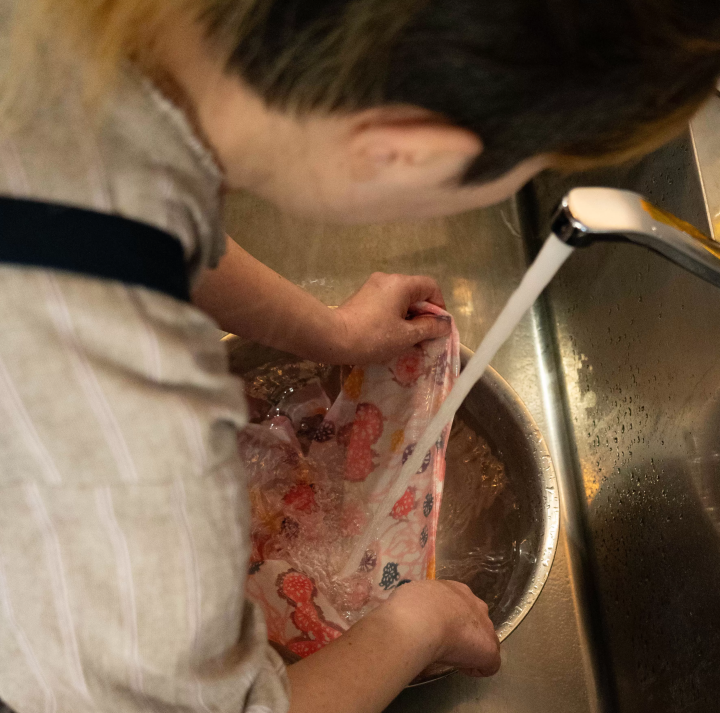
The water source (washing)
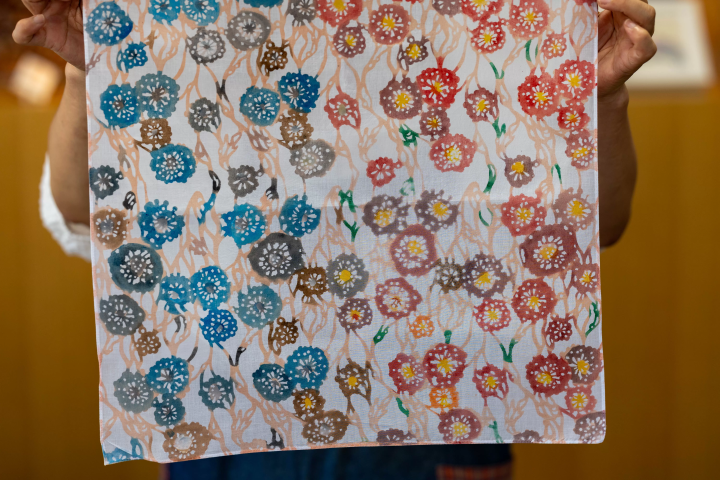
Participants' completed works
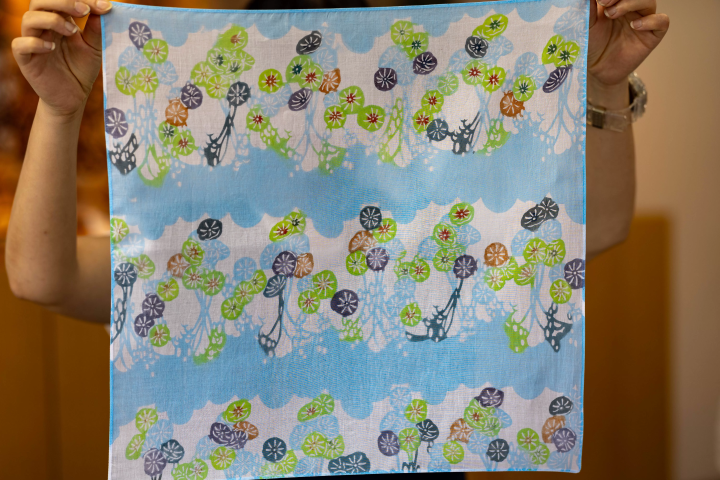
The dye brand Miyakozome is one of Japan's leading household dyes. We are the only dye brand in Japan that is particular about in-house production, in order to provide households with products of reliable quality and high safety. In 2017, we were the first in the world to receive an eco-passport for hand-dyes at home. We are confident in our ``100 Years of Colors,'' ``Japanese Colors,'' which have been patronized for over 100 years, and our ``Handmade Colors,'' which are each made with sincerity. Dyeing is a traditional Japanese culture. SOMENOVA is a place where you can easily enjoy the dyeing experience that was once popular. You can come empty-handed while shopping. Please stop by once.
The contents on this page may partially contain automatic translation.
































![[2026 Edition] FORMUAL 1 JAPANESE GRAND PRIX Information](https://resources.matcha-jp.com/resize/720x2000/2025/10/05-245984.webp)


![[2025 Update] Namba's spectacular illuminations! "Namba Hikari Tabi" with approximately 1 million shining lights](https://resources.matcha-jp.com/resize/720x2000/2025/12/12-252825.webp)